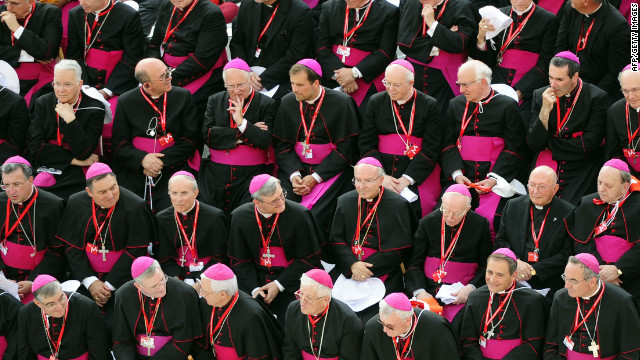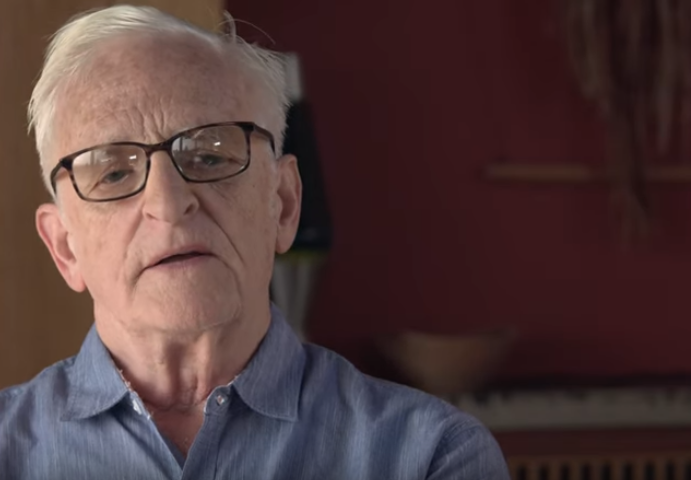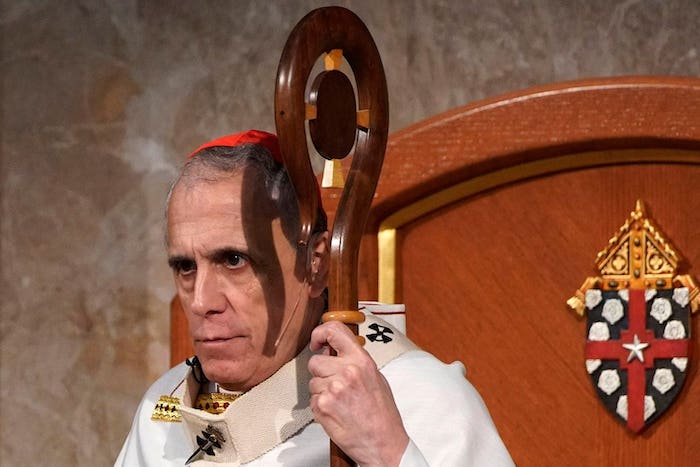
By Jennifer Haselberger
America’s Catholic bishops are gathering this week to debate new measures to hold bishops and cardinals more accountable in cases of clergy sex abuse. They’ll likely say the problem is largely in the church’s past. What they won’t say is that they already know how to largely eliminate sexual misconduct with minors but won’t do it: Get out of youth ministry.
During the nearly 10 years I spent working as a canon lawyer in different dioceses in the United States, I saw firsthand that the U.S. church accepts the sexual abuse of minors as the cost of doing business the American way.
The American church’s business model relies on programs aimed at children and young males who might become priests. Those youth ministry programs, which happen outside the core worship experience, are where abuse happens. U.S. church officials know this, and they could reduce the abuse that still happens by getting out of the youth ministry business, but they won’t.
It is well established that Catholic scouting, summer camps, retreats, youth days and other programming designed to, as one upcoming Wisconsin program’s brochure called Totally Yours puts it, “ignite the hearts” of young Catholics, create contexts in which young people are particularly vulnerable to exploitation and mistreatment. There is ample evidence that, even in the post-Spotlight era, predators among the clergy and the laity seek out these opportunities to connect with Catholic youth.
The Vatican’s own press kit for the pope’s global “Meeting On the Protection of Minors” in February described a timeline of the church’s response to abuse. It noted that in Slovenia’s communist dictatorship, from 1945 to 1992, “Catholic education was almost nonexistent and for this reason the potential abusers did not have direct contact with minors.”
Yet, since 2002 the Catholic Church has doubled down on these forms of outreach, prioritizing its need to evangelize and develop the next generation of Catholics over the safety and well-being of the same.
It also turns a blind eye to the ongoing problem of clergy singling out some children for special attention under the guise of fostering vocations to the priesthood or religious life.
This remains a concerning factor in many of the cases of abuse that have occurred post-2002. Yet, the church does little, if anything, to combat this. Instead, it uses wording like this on a Seattle archdiocesan vocations blog, telling priests to “draw a young man aside” and use praise and “sincerity” to encourage him to consider the priesthood.
In any other context, this would be labeled grooming.
However, the church needs to address its priest shortage. As a result, parents and other guardians are socialized to relinquish oversight and even good judgment when it is a question of encouraging a child along this path.
There are countless other examples of the Catholic Church prioritizing its methods of operating over the safety of children.
The lack of willingness to confront the problem of clergy sex abuse of minors, and yet the drive to cover it up, are what led me to resign in 2013 as the chancellor for canonical affairs for the Archdiocese of Minneapolis-St. Paul and bring everything I saw into the light as a whistleblower.
Dioceses like my own could delay expanding youth programming until it has fully functional, empirically supported and evidence-based methods in place for ensuring the safety of these programs. Instead, it continues to create new programs, like the annual archdiocesan Youth Day, which was first held in 2013. The archdiocese had learned about abuse by the Rev. Curtis Wehmeyer in 2012, and although it had years worth of information about the potential danger the priest posed, it pretended that it had no indication of any potential for harm. I went public with my information the week before the event, and the county attorney launched an investigation that resulted in charges.
We don’t know if expanding the priesthood beyond an all-male, celibate clergy would eliminate sexual abuse, but the Catholic Church has made it clear that it won’t consider it even if it did. Likewise, the church is unwilling to embrace a shared-governance model including its laity, even though the primary agenda item for this week’s meeting is developing a means of addressing the frequent abuses and misuses that result from its current narrow concentration of power. Also, advocates for children continue to be outraged by the Catholic Church’s refusal to embrace seemingly common-sense reporting requirements because of some competing evangelization goal. For example, the church is fighting state laws requiring clerics to report sexual abuse they hear in the confessional, claiming such proposals violate religious freedom. As a canon lawyer, I can tell you such proposals can be easily accommodated within Catholic theology.
The Catholic Church is a religion, not a business, and therefore its operations must conform to higher considerations than merely profit and loss. Which in this case revolves around evangelization and recruiting priests.
To be clear, the issue isn’t about making or saving money. Safe environment training programs like Virtus, created by insurance providers, offer financial incentives for dioceses to participate as well as an affirmative defense in litigation. No, the currency here are souls, which the church argues it is saving by putting evangelization and priest-recruiting at the very top of the priority list, above child safety.
In an open, competitive religious American marketplace, the Catholic Church too must convince consumers that its product is the best on offer. To this end, its efforts at transparency and accountability would be greatly enhanced if its leaders would publicly acknowledge that eliminating sexual abuse by clergy is not the institution’s top priority and, furthermore, that its current efforts might reduce the frequency but are insufficient to eradicate the problem.
Statements like this would do more to deter coverups like the one I brought to light in 2013 that any other plan that is being put forward this week.
Complete Article ↪HERE↩!




